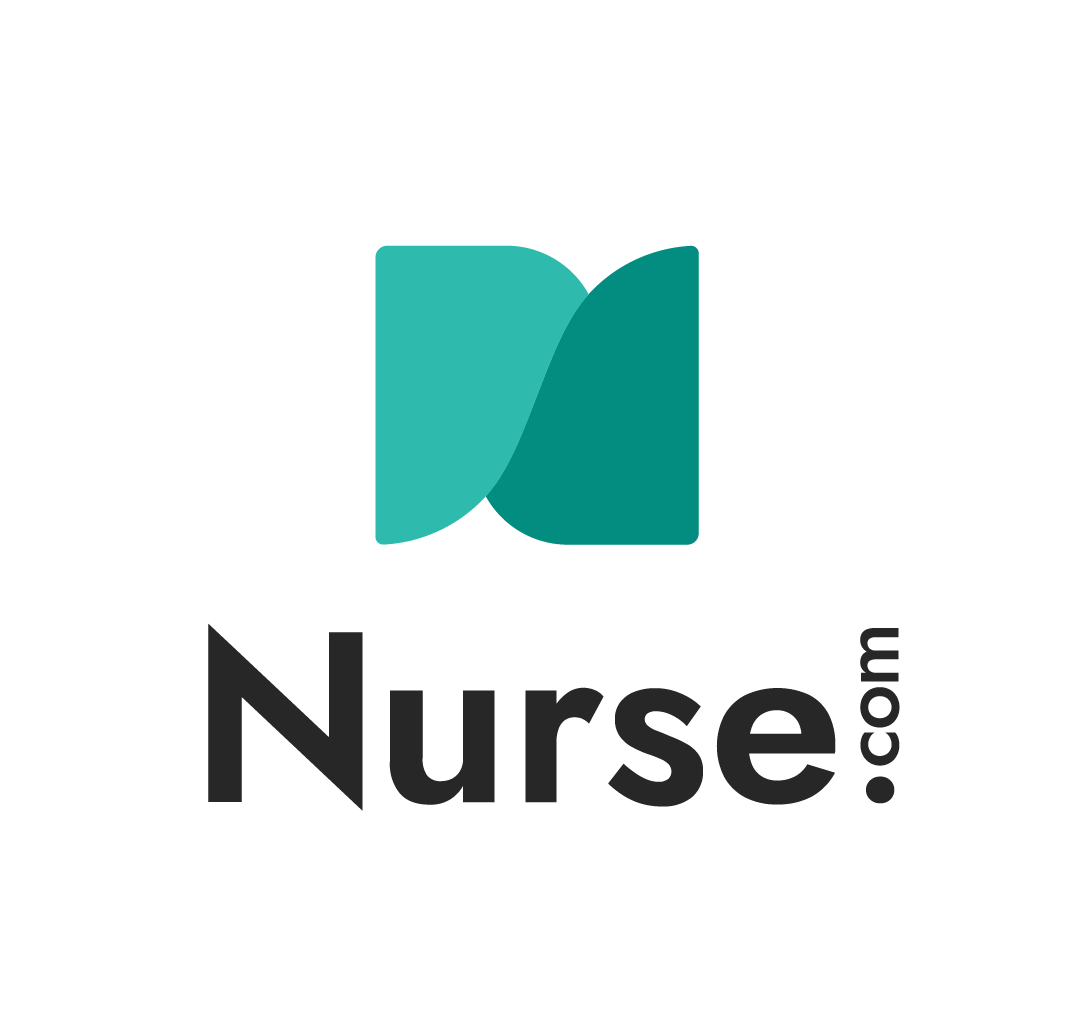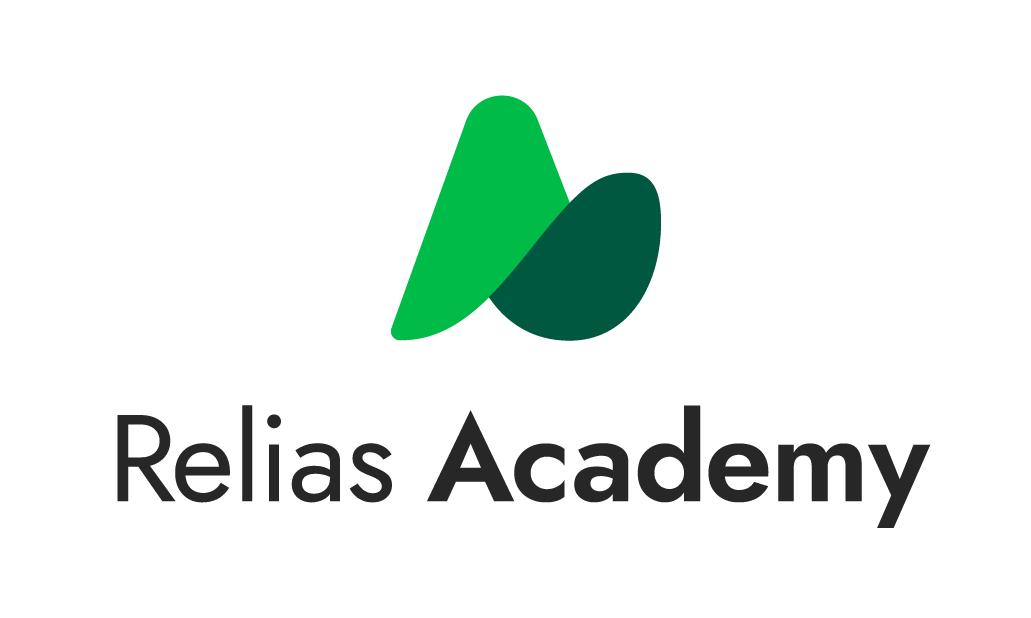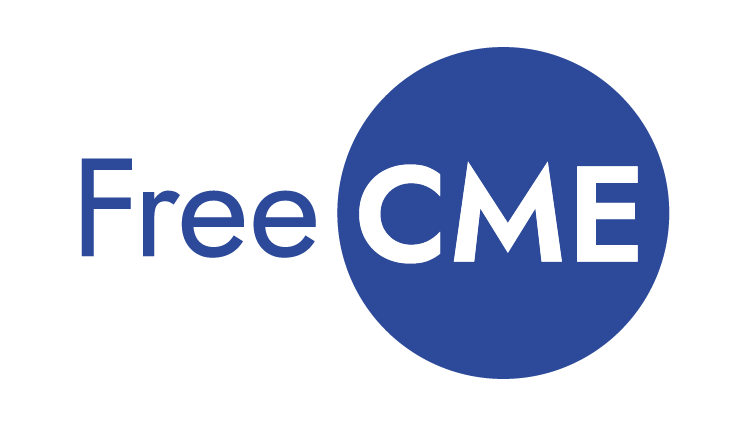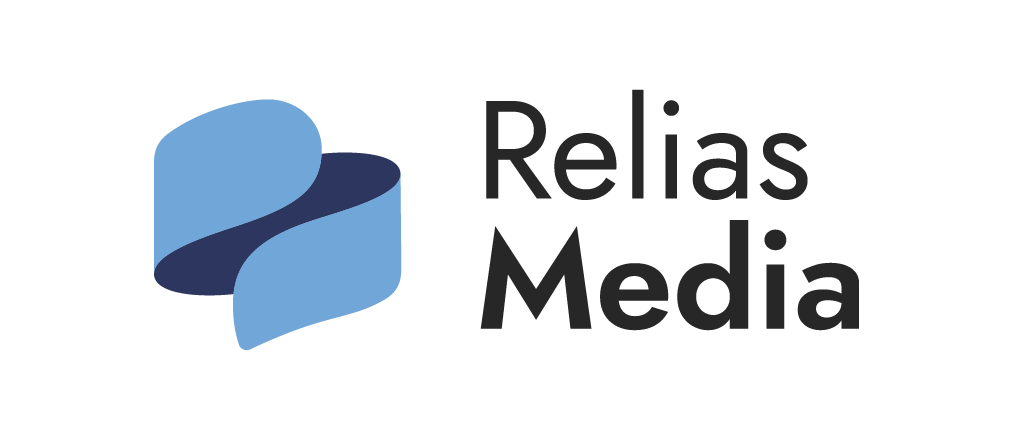Employee assessments are crucial for organizations to find, hire, and retain talented staff. And the ability to keep talented people in your organization is the difference between providing decent services and providing great services.
For your organization, and its staff, to achieve its full potentional, consider implementing assessments throughout the employee journey, from onboarding new recruits to helping veteran staff improve.
Let’s explore the benefits of using assessments and how your organization can begin integrating them.
What are employee assessments?

Employee assessments are tools that organizations can use to gauge the knowledge, skills, and abilities that employees have that pertain to their role.
Typically given as multiple-choice tests, assessments can be used throughout the employee lifecycle to ensure you hire the right people, improve onboarding, and properly train existing staff.
In industries that have historically struggled with turnover, such as human services, assessments have become critical. The ability to hire better staff and give them training tailored to their existing knowledge has proven to have an incredible impact on retention. One Relias client saw its retention rate increase by 20% after implementing assessments in their pre- and post-hire processes.
Benefits of employee skills assessments

Once you have a grasp on an employee’s unique strengths and areas where they need improvement, you can tailor the onboarding process to make their training quicker and more effective.
Organizations can also use employee assessments to measure technical or professional expertise and knowledge related to a specific job, role, or position.
When used correctly, assessments can lead to better hiring practices, improved retention rates, and more.
Improved hiring practices
An applicant’s resume does not always tell the full story. Traditional hiring practices make it difficult to verify that candidates have the knowledge and skills they claim to have, or their proficiency in these skills.
By using employee assessments in the hiring process, you can gain insight into the job-specific knowledge of a candidate. This will allow you to know what you’re getting from your prospective hires and where they will need training.
Insight into a candidate’s knowledge, skills, and abilities makes for a more transparent hiring process: your organization can better communicate what you need in prospective hires and any gaps in knowledge that candidates will need to address once hired.
Ultimately, using employee assessments in the hiring process allows you to find the right candidates, which will lead to better client outcomes and higher staff retention rates.
Better onboarding processes
Wouldn’t it be valuable for both hiring and onboarding to know which areas of knowledge that candidates are lacking and need additional training and supervision to meet job requirements?
Why waste their time and yours providing training on something they already know? Instead, you can use their onboarding time to train them on concepts and skills they need — not ones they already have.
Erik Gore, Assistant Director of Training and Organizational Development for KenCrest can personally attest to this:
“We don’t waste time with going back and re-enrolling our new hires into a training that they’re already strong in.” — Erik Gore
This personalized approach to onboarding generally results in two outcomes:
- Onboarding time is shortened: If you can reduce the amount of training that the new employee needs prior to being considered job-ready, you can also reduce total onboarding time, which saves you money.
- Onboarding becomes more focused and engaging: Using this personalized onboarding approach shows new employees that you are invested in their growth and that you care about providing them with the support they need to succeed. You can cut out most of the redundant material they already demonstrate competence in, and instead, present them with challenging material that develops and expands their skills.
Develop and retain staff
In addition to identifying strengths and areas of improvement in new employees, employee assessments enable you to create personalized developmental plans for existing employees at all levels, giving them the chance to grow within your organization.
Along with other initiatives, targeted development opportunities can increase employee engagement, which can help reduce your turnover rate. The Gallup State of the American Workplace report shows that having engaged employees can contribute to a 59% reduction in turnover.
At Relias, we’ve collected our own data that shows that better training directly correlates to improved retention. In our 2023 DSP Survey Report, we found that:
- 38% of respondents would be more likely to stay with their organization if offered educational opportunities toward a degree paid for by the organization.
- 32% of respondents would be more likely to stay with their organization if offered a certificate program paid for by the organization.
While every organization will not have the funds to provide these exact types of training to staff, making some type of training available is key to improving retention. Using your employee skills assessments, you can determine what training types best fit your organization’s needs and move forward from there.
The benefits of assessments are undeniable. So how can your organization get started using them?
How to use employee skills assessments
To help you get started with Relias Assessments, we’ve outlined these basic steps in order to implement and get the most from your assessments.
These steps will identify the “why” behind your need for assessments and the “how” that will define the way you move forward with them.
- Identify business needs. What skills do you need to hire for? What skills do employees need to cultivate to be successful in their role?
- Administer assessments. Choose assessments that meet your business needs and give them to appropriate personnel. This includes during pre-hire processes, onboarding, and throughout an employee’s tenure with your organization.
- Measure assessments’ effectiveness. Monitor how well your assessments identify skill gaps. Are new hires coming in better prepared? Are staff members improving their skills? This can be determined by giving regular assessments and tracking staff members’ results over time.
Relias Assessments for Human Services Providers
Relias Assessments for Human Services helps organizations improve the hiring, onboarding, and development of your employees by allowing you to acutely measure the knowledge, skills, and abilities of your new hires and current staff.
Download Factsheet →





